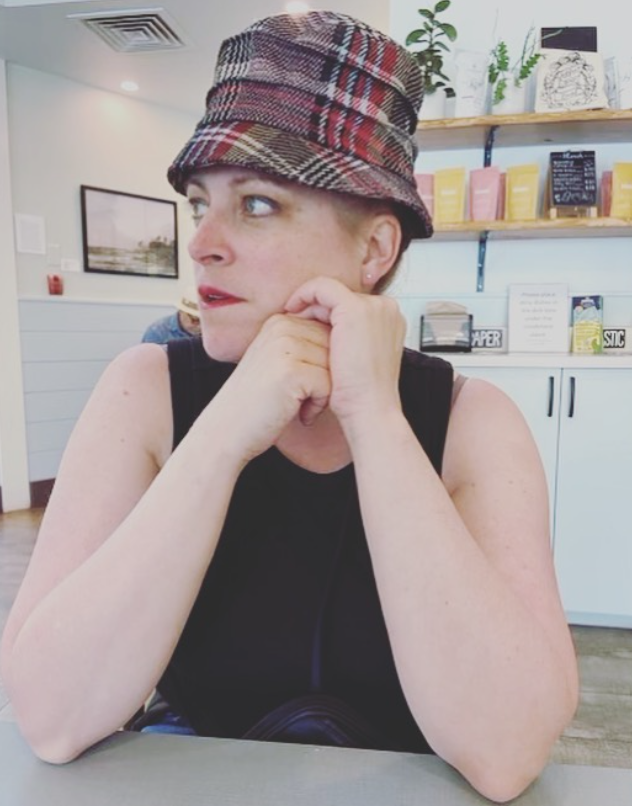New! What Goes on in a Writing Classroom? A Guide for Planning
I hear it all the time…
“CLARK, there is nothing in the ELA curriculum that tells us what to teach?”
OH yes there is…
Where?
In the illustrative outcomes!
the what??????
OK! Let me make this easier….
Here!
So, over the last few days I made this guide to support planning in Alberta English Language Arts classrooms, grades K to 6. In my past work as an ELA consultant, teacher’s have said, there is no tangible content in the curriculum. My intention of this guide to pull out those tangibles. By tangibles I mean direct references to literature (topics), writing tools, forms of writing and expression, self assessment/feedback and presentation possibilities.
Link to the resource is at the bottom.
FIRST UP!
Inspired by Bonnie Raitt – LET’S GIVE THEM SOMETHING TO TALK ABOUT!
CHAPTER 1: Where do ideas come from?
I’m serious!
Students need to have exposure to literature, discussion, found objects, guest speakers. They need something to talk about. Something to talk about, leads to…something to write about.
Next!
Inspired by NKOTB- STEP BY STEP
CHAPTER 2: How can students organize information?
Students need to tools to record information like graphic organizers, how to sketch and how to take jot notes. The need to know…”Step by Step”!
NEXT!
Inspired by Elvis Costello – Everyday I Write the Book!
CHAPTER 3: How can students represent information?
Students need to be able to express information in a variety of ways and forms. Yes, books are great but students can make many, many things!
NEXT!
Inspired by Shawn Mendes – Treat You Better
NEXT!
CHAPTER 4: How can students self assess and provide feedback?
Students need to know how they are doing by seeking feedback and self assessing. They need to be like Shawn, reflecting and thinking about their work.
FINALLY!
Inspired by INSYNC – Bye! Bye! Bye
CHAPTER 5: How can students present information to other audiences?
Students need to be able to present to peers in a variety of ways! The puppet show, whatever happened to the puppet show?
THE RESOURCE
Here is the link to the guide on my companion website!
Enjoy!
Until Next Time,
Coach Clark


